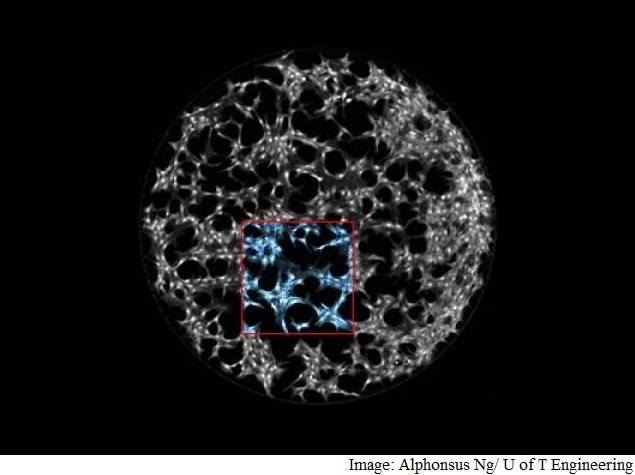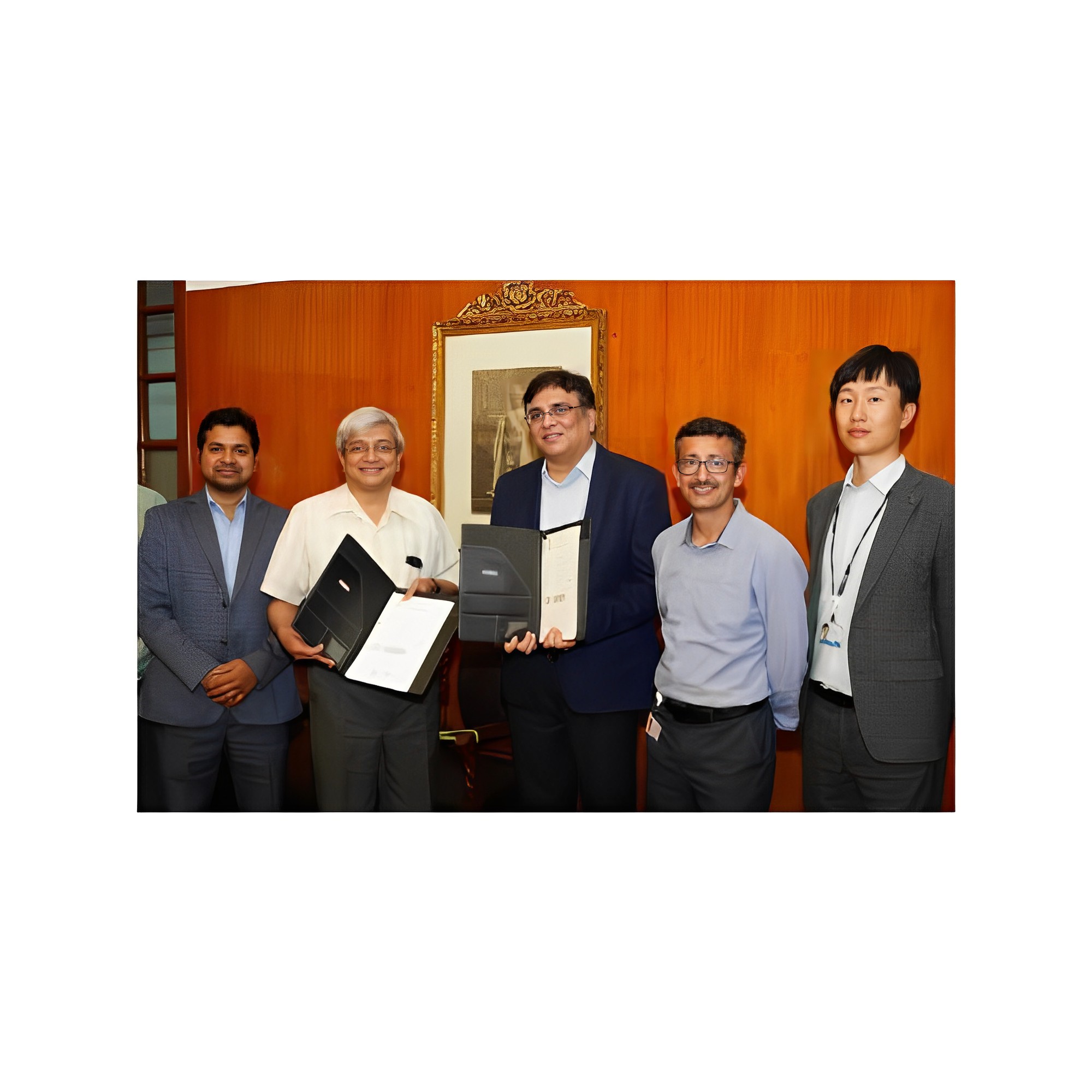A new device that can accurately track chemical signals within cells and find out how cancerous growth begins has been invented by biomedical engineers.
“The device can identify new targets for cancer medications,” said the team from University of Toronto that developed it.
To look into the responses of different cells, the researchers harnessed the emerging power of digital microfluidics. The technique involves shuttling tiny drops of water around on a series of small electrodes that looks like a miniature checkerboard. The team was able to increase the speed at which chemical changes can be detected by a factor of 100.
“By applying the right sequence of voltages, we can create electric fields that attract and move around droplets containing any chemical solution,” said first study author Alphonsus Ng.
Throughout the human body, certain signalling chemicals known as hormones tell various cells when to grow, divide and proliferate.
However, not all cells respond to these signals in the same manner. In rare instances, the internal chemical response of a cell can cause unregulated cell growth, leading to cancer.
The team made some interesting discoveries when they tested the technique on a type of breast cancer cells.
“Roughly 10 percent of the cells had a very rapid and strong response that we could detect up to five minutes before the rest of the population,” the authors said.
The team speculates that these “rapid responders” may be involved in the early stages of tumour generation, although more research is needed to confirm this.
The team hopes to discover new cell types or proteins that could be targeted by drugs, eventually leading to new medicines to fight cancer.
The paper appeared in the journal Nature Communications.
Source-NDTV






